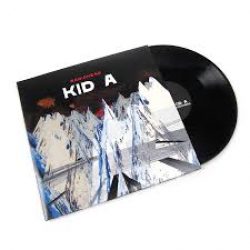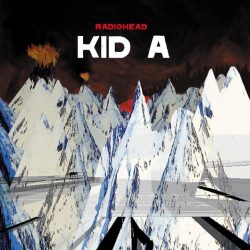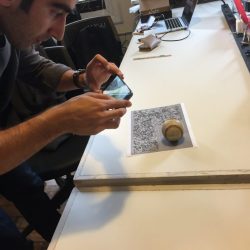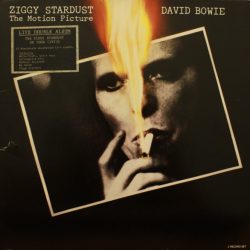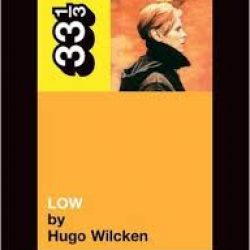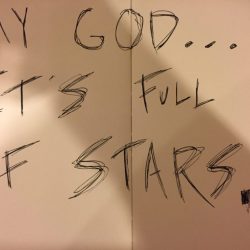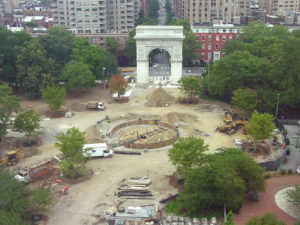
There are a multitude of ways- theoretically – that an urban space can be enhanced by augmented reality. The question for me, personally, then is: will anyone care to use it? How can augmented reality be used by someone who lives a fast-paced urban lifestyle (my New York bias is showing here)? What honest New Yorker has time to stop, pull out their phone, open an app and show their phone something? Or let’s say we’re doing web based AR, what New Yorker wouldn’t just go to their web browser of choice to find out if their train is delayed or what place around them has the best slice of pizza?
As it stands now, it seems as if AR is so much an “experience” that it can’t genuinely accommodate an urban lifestyle. With that said, this is only taking into account those with permanent residencies in urban centers, not those who play a part in keeping its economy afloat: tourists.
The idea of an AR walking tour doesn’t seem too original (you may be sensing some skepticism in this post and I don’t blame you). However, what if AR could remove the rose-colored glasses and reveal the foundation of crime, greed and death that this city is founded on. Do tourists know that less than 30 years ago, Times Square was filled with prostitutes, pimps and pornographic cinemas? Does the NYU freshman relaxing in the shade in Washington Square Park know that hundreds were hung not 10 feet from him and their bodies could literally be at his feet right now?
The question with which I’m yet to have an answer for myself however is: why? It’s difficult enough to create a lasting, meaningful AR experience so why focus on one that is so macabre? I think the answer to that is I may be too concerned with practicality and it may be fun – for once – to focus on a project that’s merely just fun for me to do.


